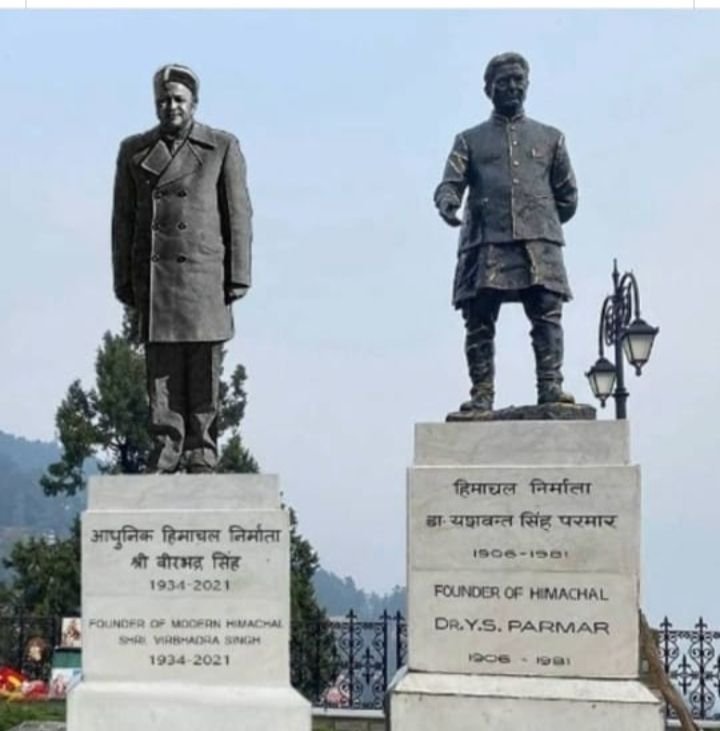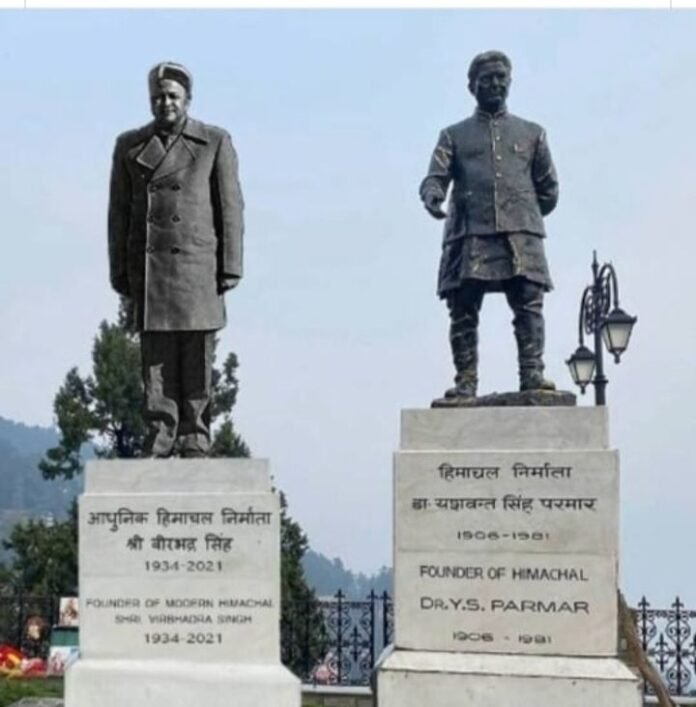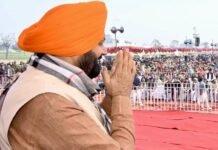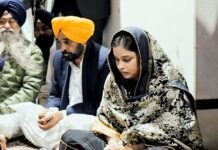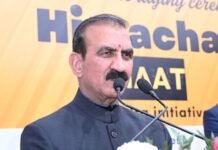Saptarishi Soni : Yashwant Singh Parmar and Virbhadra Singh occupy two very different, almost emblematic places in Himachal Pradesh’s political memory — one is invoked as the patient architect of a new polity, the other as the indomitable political operator whose long innings reshaped the state’s electoral culture. To understand modern Himachal, it helps to see them not as two opponents on a timeline but as two models of statecraft: Parmar the institution-builder who subordinated personal ambition to the hard work of creating a state, and Virbhadra the consummate political survivor who built and kept power through personality, patronage and adaptability. Dr Yashwant Singh Parmar is widely credited as the principal architect of Himachal Pradesh: from his role in the hill-state movements of the 1940s to serving as the first chief minister after the province’s early constitutional permutations, Parmar’s stewardship steered the region through integration, reorganisation and the slow accretion of institutions that made modern Himachal possible. His long stewardship, and the record that ties legislative assemblies, a high court, public service commissions and the administrative contours of the state to his decades in office, are why historians and local memory often call him the “Himachal nirmata” — the creator of Himachal. ([Wikipedia][1]) Virbhadra Singh’s story is different: a Rajput royal from Bushahr who translated social standing into a durable political base, Virbhadra became the face of electoral continuity in a state where politics could otherwise be volatile. Elected repeatedly and serving multiple terms as chief minister, his political biography is one of resurgence after setbacks: he returned to power across decades and cultures of politics, becoming both the symbol of Congress resilience in Himachal and a practitioner of the hard, often messy arts of coalition-making, local patronage and elite bargaining that keep leaders in office.
Parmar’s era — roughly framed between the late 1940s and the mid-1970s — was the era of creation. That required vision, patience and an orientation toward public goods. Parmar’s politics was not theatrical; it was structural. He believed in multi-sectoral planned development, connectivity and the slow construction of a state that could survive the centrifugal pressures of geography and identity. The tasks he undertook were painstaking: carving a state out of scattered hill principalities and integrating them into functional administrative units, defending the territorial and political integrity of a fragile polity, and planting the early seeds of governance institutions. Those are the heavy lifts of statecraft and they do not show up neatly in populist headlines, but they determine whether a polity can offer stable governance over decades. Parmar’s resignation and fall from central favour later in his career — which historians have linked to differences with the new, more assertive circles of power in Delhi during the Emergency period — also reflects a politician who drew lines and would not compromise certain principles for short-term advantage.
Virbhadra Singh’s politics, by contrast, was intensely adaptive. Where Parmar invested in offices, commissions and brittle infrastructure, Virbhadra invested in people and networks. He cultivated local loyalties, mediated disputes, and forged electoral machines that could repeatedly win seats. His style embodied a classic Indian political formula: personal charisma plus distributive politics. Over successive terms he became the repository of political ambition for regional allies and party workers; his capacity to bounce back after electoral setbacks — and to marshal resources and patronage — made him indispensible to many in the Congress and in local constituencies. Yet that very concentration of political capital also generated critiques: critics argued that a politics of personality can entrench patronage, make internal party democracy difficult, and marginalise alternative centres of leadership. The consequence is paradoxical: a leader who stabilises politics by his presence can also retard institutional deepening by making loyalty to a person more consequential than loyalty to rules or procedures.
The contrast has practical consequences for governance. Parmar’s institutionalism meant that the state’s machinery — courts, legislative procedures, development plans — could operate even when leadership changed. That is why the claim that modern Himachal begins with Parmar is not merely nostalgia; it rests on a measurable administrative inheritance. Virbhadra’s long reign, meanwhile, demonstrates how political stability can be secured through personal legitimacy and constant reinvention; his instincts about coalition management, local development spending, and symbolic leadership kept him electorally relevant and, for many in the state, translated into concrete benefits: roads, schemes, budgetary allocations channelled to constituencies that mattered politically. Yet when politics revolves around a figure, internal accountability can weaken; the party’s ability to renew leadership and the state’s ability to depersonalise power can suffer. In short, Parmar bequeathed structures, Virbhadra perfected party-level political operation. Both legacies shaped Himachal, but in different registers.
There is also a moral dimension to compare. Parmar’s documented humility — anecdotes of simple living, refusal to use official perks, and opting for low-key exits when pressured — reinforce a narrative of principled public service. His withdrawal from power in the late 1970s is often narrated as a refusal to bend to aggressive factionalism and centralised pressures. Virbhadra’s moral puzzle is more ambivalent: admired as a mass leader and a development-focused politician, he was also accused at times of concentrating power, sidelining rivals and courtly patronage that blurred the line between public office and political advantage. Many political students will judge him harshly or kindly depending on whether they prioritise electoral deliverables or institutional norms. Recent commemorations — including statues and tributes — remind us that public memory often blends both judgments: leaders are celebrated for what they delivered and elided for how they delivered it.
A final lesson from placing Parmar and Virbhadra together is not to rank them by virtue but to recognise the complementary imperfections of state-making and party-building. A polity needs both: architects who build durable institutions, and operators who can navigate everyday politics to ensure those institutions are resourced and relevant. Problems arise when either model dominates alone: unaccountable operators can hollow institutions; technocratic builders can lack the political bandwidth to keep programs alive. Himachal’s modern history, therefore, is best read as a negotiation between these logics. Parmar gave the state its bones; Virbhadra gave it political muscle. The debate over which legacy deserves greater honor is ultimately less important than the shared responsibility both legacies imply: to sustain institutions while keeping politics responsive to people.
